Refractory for iron and steel smelting
Refractory for steel smelting should meet the following requirements:
① Can withstand rapid changes in temperature, good thermal shock resistance, and prevent cracks and fractures in furnace lining refractories; ② Have a wide operating temperature range, generally up to 1760°C;③ Under high temperature and low-temperature conditions, it can withstand not too high compressive stress; ④ Iron and steel smelting refractories can withstand friction force under high temperature and low-temperature conditions; ⑤ Can withstand huge hydraulic pressure and buoyancy of molten metal; ⑥ It has to Resist the erosion ability of slag (including acid slag and basic slag); ⑦ Can withstand the effect of furnace gas, including CO, S02, C02, CH4, H20 and volatile oxides and salts in metals, to prevent infiltration into refractory and act on it. Since the refractory is subject to some of the above-mentioned conditions, it usually acts as a highly efficient insulating layer and sometimes needs to be a conductor or absorber of heat, depending on its application.

Therefore, it is very important to choose the correct refractory. Hongtai Refractory recommends refractory for you according to different parts of the steel smelting furnace. It is recommended that you use clay bricks, sillimanite, dense clay bricks, high alumina bricks, etc. for the upper and middle parts of the furnace body. The lower part of the furnace body is made of aluminum-carbon bricks, silicon carbide bricks, and other refractory, and the belly belt should be made of high-alumina bricks, aluminum-carbon bricks, etc. This is a suggestion that the specific construction plan must be purchased by contacting the refractory brick manufacturer, and Hongtai Refractories will provide you with refractories.
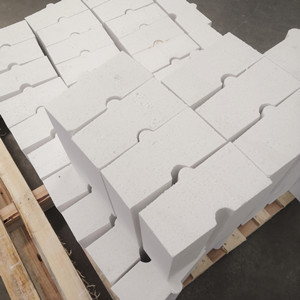
High-alumina bricks are more widely used in iron and steel smelting. High-alumina bricks are a neutral refractory with an alumina content of more than 48%. It has good slag resistance and is used for the lining of steelmaking electric furnaces, glass melting furnaces, cement rotary furnaces, etc. According to different aluminum content, we divide high-alumina bricks into three grades. It has the advantages of high softening temperature under load, good thermal shock stability, peeling resistance, and erosion resistance.
The production process of high-alumina bricks and multi-clinker clay bricks is similar, the difference is that the proportion of clinker in the ingredients is higher, which can be as high as 90-95%. Higher, such as I, II, and other high-alumina bricks are generally 1500 ~ 1600 ℃ when fired in a tunnel kiln.
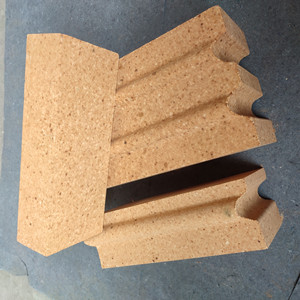
-
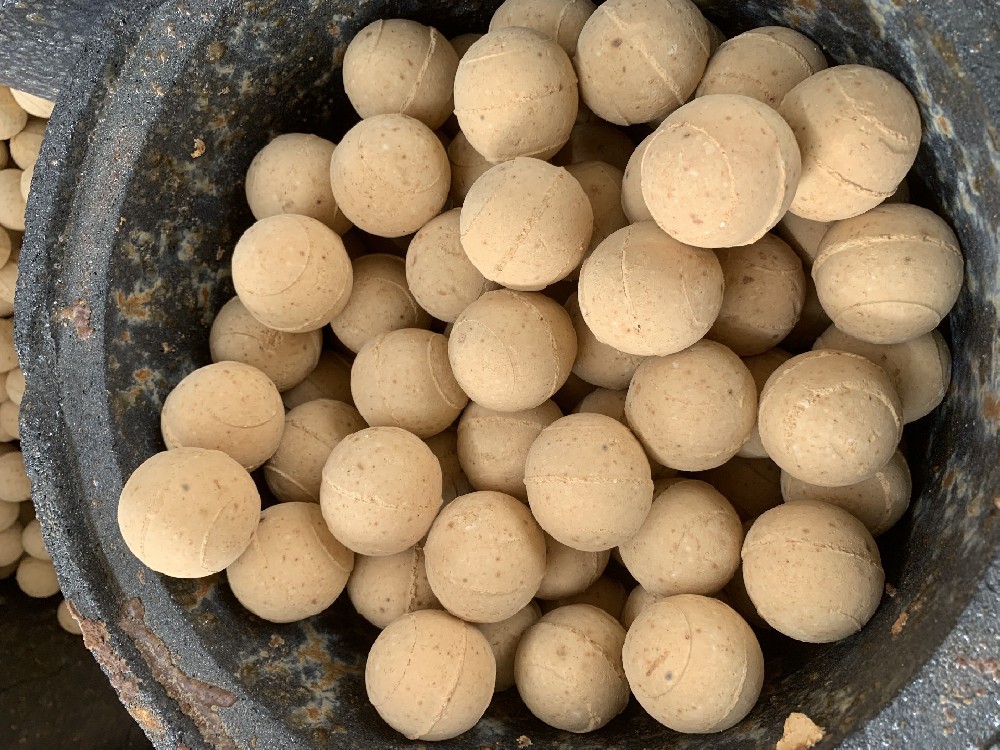
Thermal storage alumina balls
The Thermal storage alumina ballsis made of industrial alumina and refractory kaolin as the main raw materials through scientific formula, forming and high-temperature calcination.Thermal storage alumina ballss are divid··· -
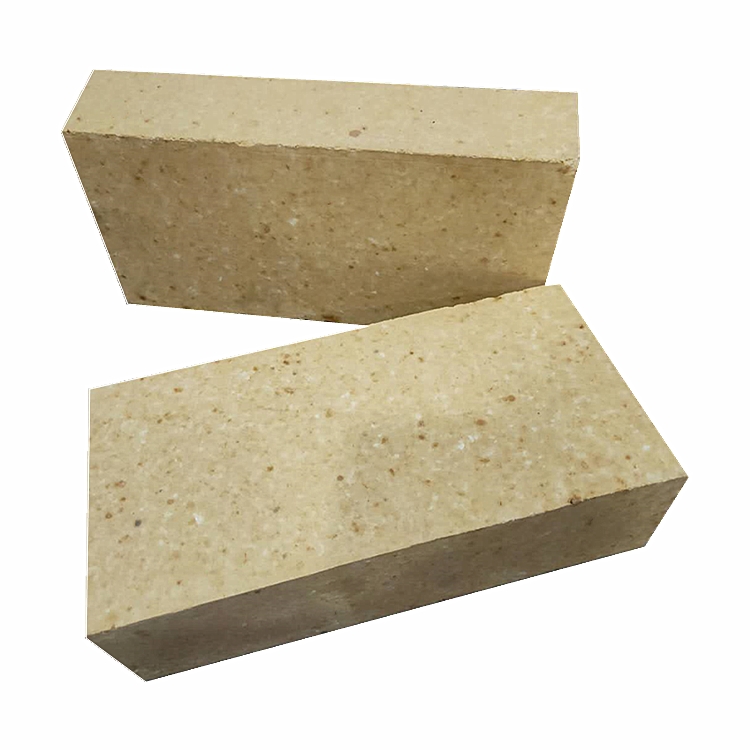
Anti-stripping high alumina brick
Use description of Anti-stripping high alumina brick1. Anti-stripping high alumina brick has a good application in low temperature parts such as large and medium-sized cement precalciner, kiln smoke chamber, indoor decom··· -
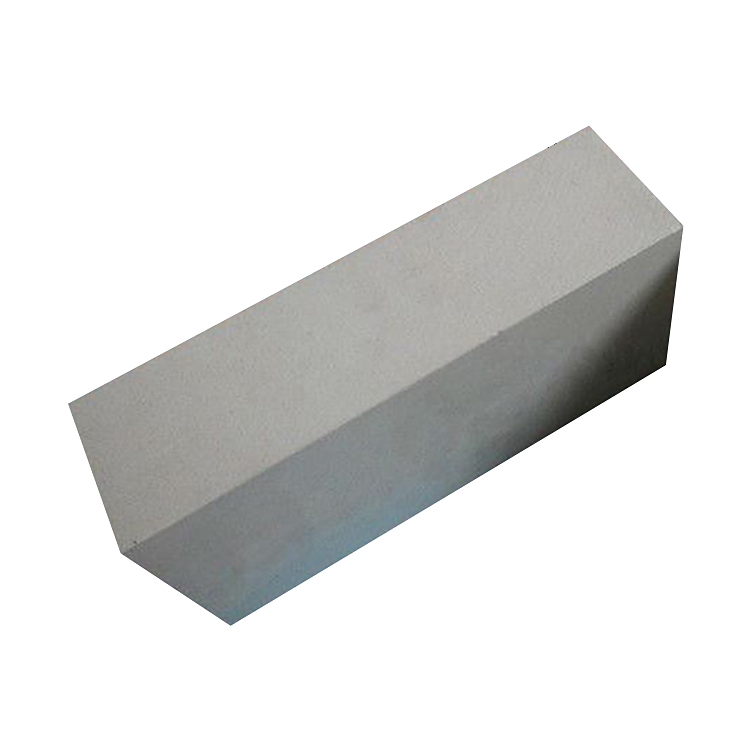
Anti-stripping high alumina bricks
Anti-stripping high alumina bricks are made of high alumina bauxite clinker, mullite, kyanite, zircon sand, and binder after granulating and powdering processes, mixed in a certain proportion, pressed into shape, and fir··· -
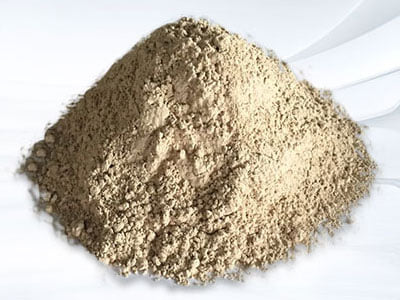
silica hot repair refractory
Performance index of silica hot repair refractoryThe material is a kind of plastic unshaped refractory material, its main component is SiO2, it is made of special clinker and various binders and additives, and it is proc···

